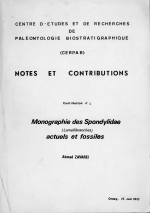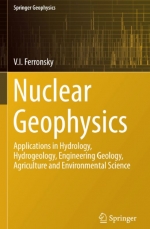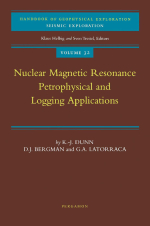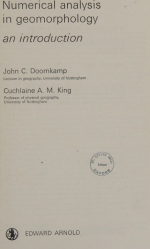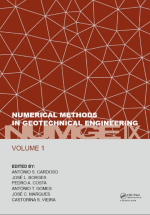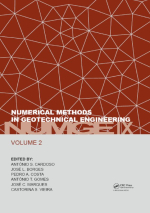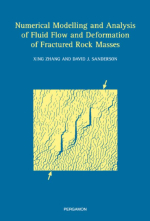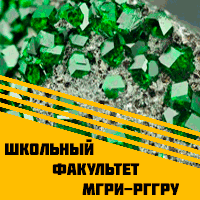Au seuil de ce travail, il me tient à coeur d'exprimer mes sentiments de gratitude à ceux qui, de différentes façons ont contribué à sa réalisation. Mon Maître, Monsieur Jean ROGER, Professeur à la Faculté des Sciences d'Orsay, a bien voulu m'accueillir dans son laboratoire et accepter la direction de cette étude. Qu'il me soit permis de lui présenter ma reconnaissance la plus profonde pour les encouragements qu'il m'a apporté, pour l'attention constante qu'il m'a témoignée avec tant de gentillesse tout au long de ce travail.
Son enseignement au cours des deux premières années de mon séjour m'a familiarisé avec de nombreuses idées qui étaient nouvelles pour moi. Je ne peux oublier de souligner ici les efforts qu'il n'a jamais ménagés pour résoudre les problèmes de tous ordres qu'a pu poser mon séjour en France.
Monsieur A.F. de LAPPARENT a dirigé avec compétence le deuxième sujet de cette thèse sur la géologie de l'Iran, et n'a pas hésité à me consacrer une grande partie de son temps. Sa présence en tant que membre du jury est un honneur- auquel je suis particulièrement sensible.
Je remercie vivement Madame S. FRENEIX pour les nombreux conseils dont elle m'a fait bénéficier et l'aide matérielle qu'elle m'a apporté. Sa participation à mon jury de thèse m'est une marque de confiance à laquelle je suis très sensible. Monsieur A. BEAUMONT, Professeur à la Faculté des Sciences d'Orsay, a bien voulu contribuer au rapprochement entre ces deux disciplines complémentaires que sont la zoologie et la paléontologie. Je lui exprime mes plus vifs remerciements pour avoir accepté de faire partie du jury <...>


